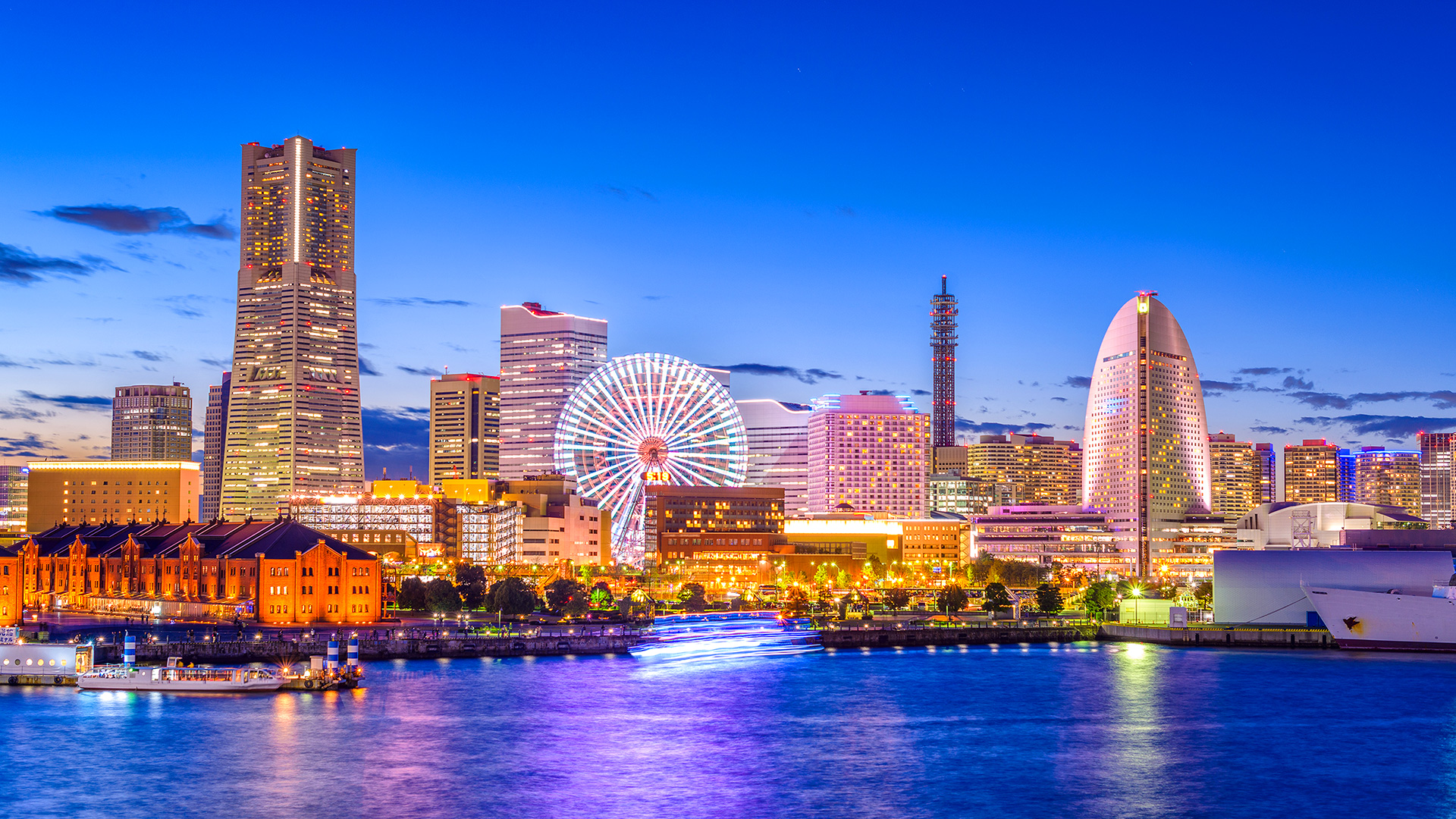The global innovation map has been redrawn. The cluster linking Shenzhen, Hong Kong, and Guangzhou has unseated Tokyo–Yokohama to become the world’s leading innovation hub, according to the 2025 Global Innovation Index from the World Intellectual Property Organization (WIPO). For the first time in five years, Tokyo–Yokohama has been pushed into second place. This shift isn’t symbolic, it signals the growing dominance of China’s Greater Bay Area and underscores a fundamental change in how innovation is measured and rewarded globally.
What Changed: New Metrics Reshaping the Rankings
This year’s WIPO rankings introduced a critical update: venture capital (VC) activity is now a core component in evaluating innovation hubs, in addition to patents and scientific publications.
That inclusion proved decisive. While Tokyo–Yokohama continues to lead in traditional metrics (patents and research output), the phenomenal surge in VC investments flowing into Shenzhen–Hong Kong–Guangzhou elevated the cluster to the top spot. Together, both clusters now contribute nearly 20% of global Patent Cooperation Treaty (PCT) applications, highlighting their outsized global impact.
Why Shenzhen–Hong Kong–Guangzhou Emerged on Top
The rise of this cluster reflects a perfect alignment of policy, infrastructure, finance, and talent all geared to transform research into real-world innovation at scale.
A Unified Vision: China’s Greater Bay Area Strategy
The region is the heart of China’s Greater Bay Area (GBA) initiative designed to integrate Shenzhen, Hong Kong, Guangzhou, Macau, and nearby cities into one powerful economic and technological powerhouse.
Economically, the GBA is enormous: as of 2022, its combined GDP reached about US $2 trillion, making it one of the largest urban economies in the world.
Investment, Infrastructure, Talent
-
Shenzhen has become synonymous with innovation, hosting tech giants like Tencent, Huawei, DJI, and an ecosystem fueled by generous public and private R&D funding.
-
In Guangzhou, hubs like Huangpu District drive biotech and high-tech development, with numerous national labs and over 2,000 high-tech firms fueling economic growth.
-
Hong Kong continues to be the financial lynchpin of the region offering deep liquidity, robust international capital flows, and a critical market for venture funding.
This triad forms an innovation ecosystem where ideas, capital, and people coalesce across borders to accelerate development.
Beyond Patents: The Power of Commercialization
While Tokyo–Yokohama remains a powerhouse in research and patents, the Shenzhen–Hong Kong–Guangzhou cluster’s clear advantage lies in rapidly bringing innovations to market. The newly emphasized role of venture capital in the WIPO index underscores the importance of commercialization and startup creation, strengths of the Greater Bay Area.
Global Implications
The shift heralds a broader realignment in global innovation leadership:
-
Asia’s Rise: With this shift, China isn’t just a follower; it is emerging as a leader in shaping the future of technology and markets.
-
Policy Momentum: Governments and investors worldwide may now recalibrate strategies, recognizing that innovation hubs need complete ecosystems of research, finance, and execution.
-
Opportunity for Collaboration: As the world becomes more interconnected, the GBA’s role as a global innovation partner deepens, offering strong ties to Southeast Asia, Europe, and beyond.
Conclusion
The ascent of the Shenzhen–Hong Kong–Guangzhou cluster to the top of the global innovation rankings is a tectonic shift. Powered by cutting-edge infrastructure, policy alignment, entrepreneurial energy, and capital, the region’s holistic approach to innovation is now quantified, recognized, and rewarded globally. As the GBA continues to lead, traditional innovation capitals like Tokyo must adapt or risk falling behind.

